
How to Use Microwave Radar 24GHz: Examples, Pinouts, and Specs
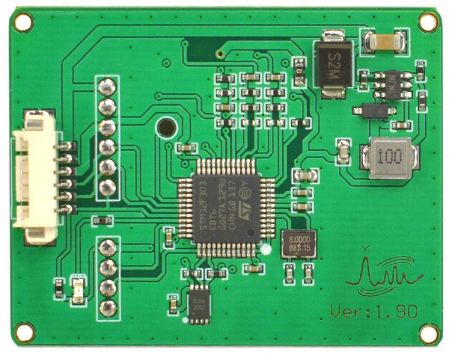
 Design with Microwave Radar 24GHz in Cirkit Designer
Design with Microwave Radar 24GHz in Cirkit DesignerIntroduction
The DFRobot SEN0306 is a 24GHz microwave radar module designed for object detection, distance measurement, and speed sensing. Operating at a high frequency of 24GHz, this radar system is ideal for applications requiring precise and reliable detection, such as automotive collision avoidance, speed monitoring, and industrial automation. Its compact design and robust performance make it suitable for both indoor and outdoor environments.
Explore Projects Built with Microwave Radar 24GHz
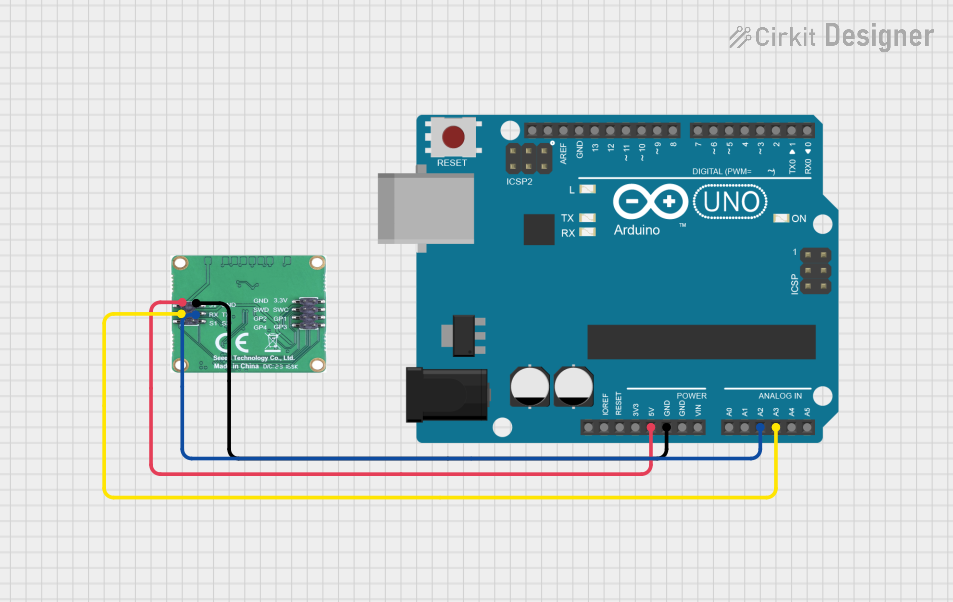
 Open Project in Cirkit Designer
Open Project in Cirkit Designer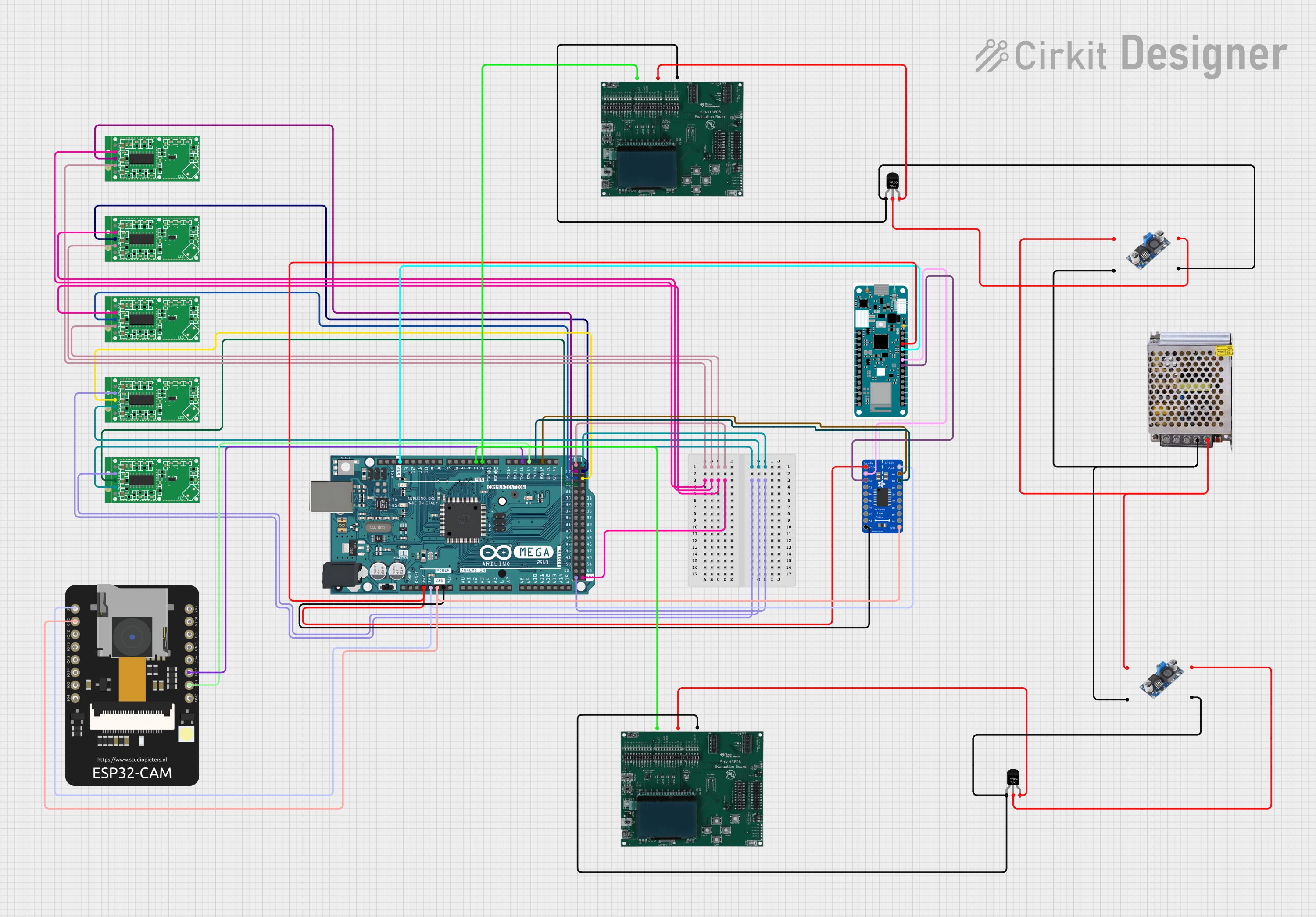
 Open Project in Cirkit Designer
Open Project in Cirkit Designer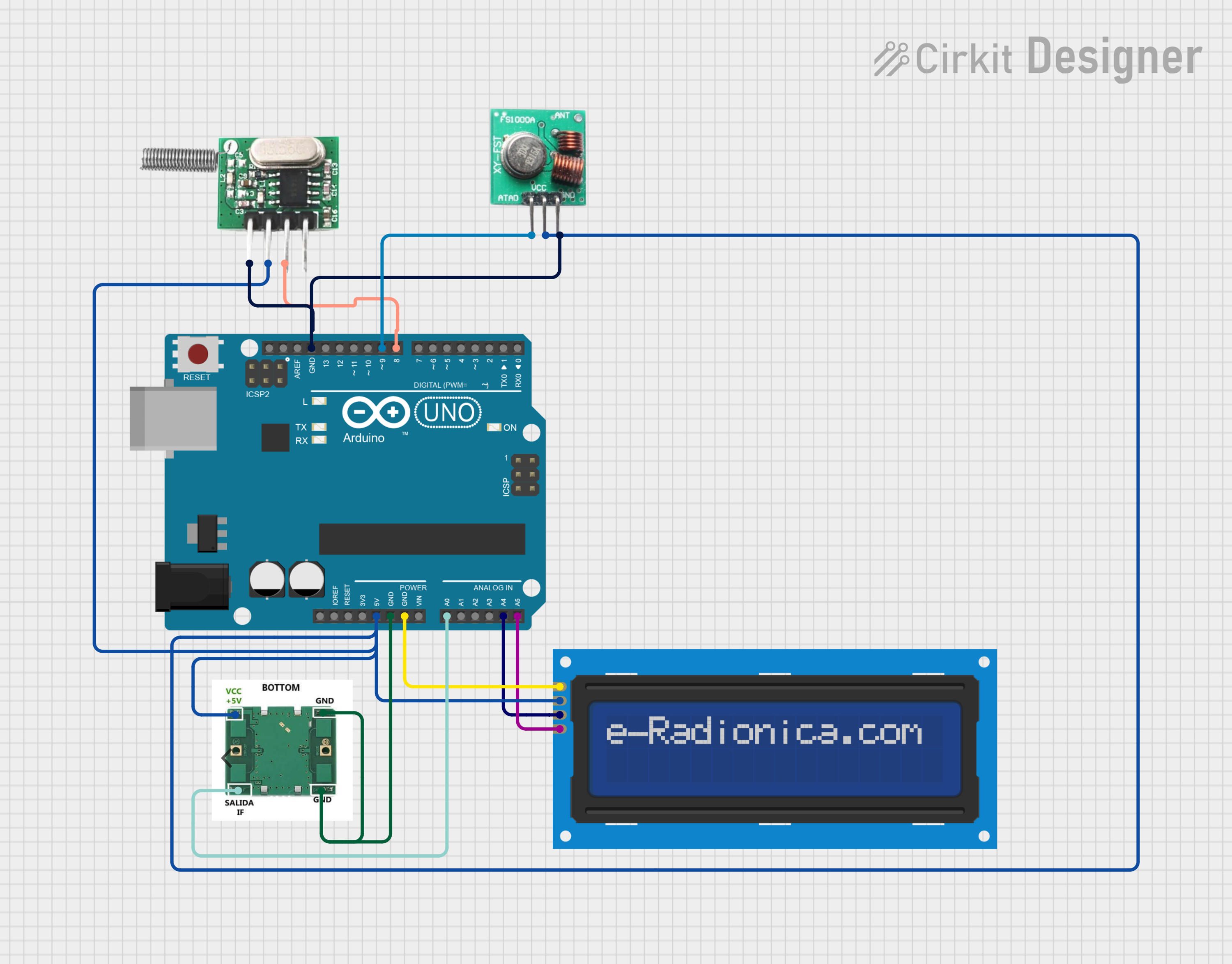
 Open Project in Cirkit Designer
Open Project in Cirkit Designer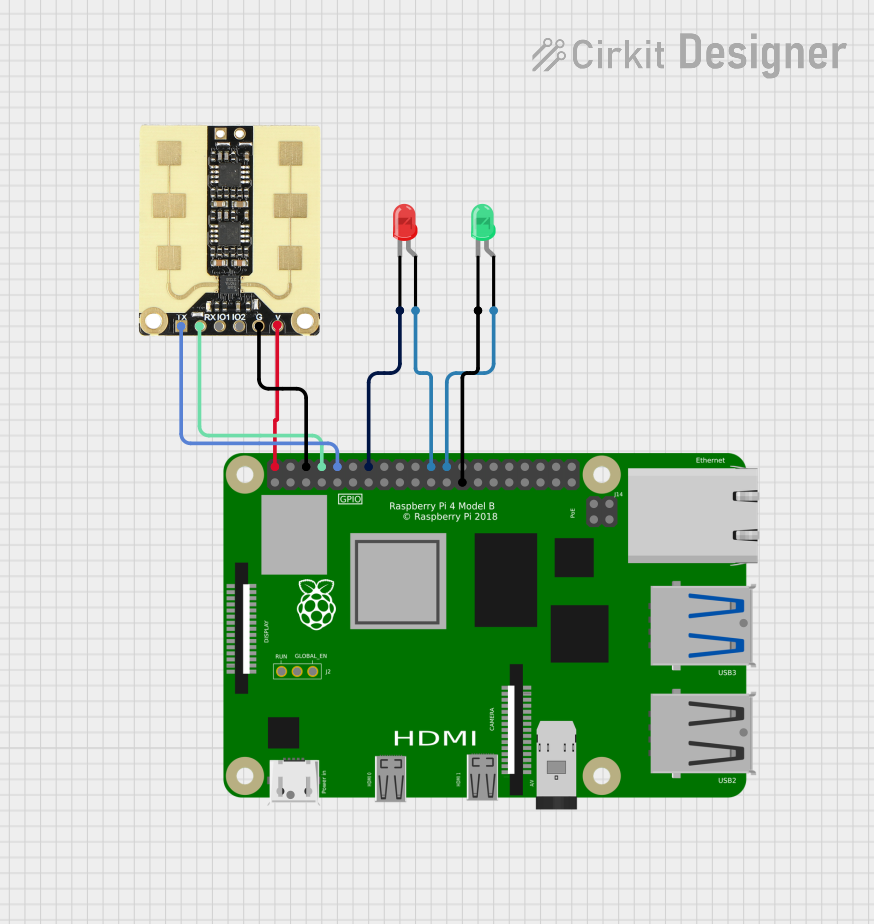
 Open Project in Cirkit Designer
Open Project in Cirkit DesignerExplore Projects Built with Microwave Radar 24GHz

 Open Project in Cirkit Designer
Open Project in Cirkit Designer
 Open Project in Cirkit Designer
Open Project in Cirkit Designer
 Open Project in Cirkit Designer
Open Project in Cirkit Designer
 Open Project in Cirkit Designer
Open Project in Cirkit DesignerCommon Applications
- Automotive collision avoidance systems
- Speed detection and monitoring
- Industrial automation and robotics
- Security systems and motion detection
- Smart home applications (e.g., presence detection)
Technical Specifications
The following table outlines the key technical details of the DFRobot SEN0306 microwave radar module:
| Parameter | Specification |
|---|---|
| Operating Frequency | 24 GHz |
| Detection Range | 0.3 m to 20 m |
| Speed Detection Range | ±70 m/s |
| Operating Voltage | 5V DC |
| Operating Current | ≤60 mA |
| Communication Interface | UART (3.3V TTL) |
| Output Data Rate | 20 Hz |
| Beam Angle | Horizontal: ±45°, Vertical: ±10° |
| Operating Temperature | -40°C to 85°C |
| Dimensions | 25 mm x 25 mm x 6 mm |
Pin Configuration
The SEN0306 module has a 4-pin interface. The pin configuration is as follows:
| Pin | Name | Description |
|---|---|---|
| 1 | VCC | Power supply input (5V DC) |
| 2 | GND | Ground |
| 3 | TX | UART Transmit (3.3V TTL) |
| 4 | RX | UART Receive (3.3V TTL) |
Usage Instructions
Connecting the SEN0306 to a Circuit
- Power Supply: Connect the
VCCpin to a 5V DC power source and theGNDpin to the ground. - UART Communication: Connect the
TXpin of the radar module to the RX pin of your microcontroller (e.g., Arduino UNO). Similarly, connect theRXpin of the radar module to the TX pin of the microcontroller. - Voltage Level: Ensure that the UART communication operates at 3.3V TTL levels. If your microcontroller uses 5V logic (e.g., Arduino UNO), use a level shifter to avoid damaging the module.
Example Code for Arduino UNO
Below is an example Arduino sketch to interface with the SEN0306 module and read radar data via UART:
// Include the SoftwareSerial library for UART communication
#include <SoftwareSerial.h>
// Define the RX and TX pins for the radar module
SoftwareSerial radarSerial(10, 11); // RX = Pin 10, TX = Pin 11
void setup() {
// Initialize the serial communication for debugging
Serial.begin(9600);
// Initialize the radar module communication
radarSerial.begin(115200); // SEN0306 operates at 115200 baud rate
Serial.println("SEN0306 Radar Module Initialized");
}
void loop() {
// Check if data is available from the radar module
if (radarSerial.available()) {
// Read and print the data from the radar module
String radarData = radarSerial.readStringUntil('\n');
Serial.println("Radar Data: " + radarData);
}
delay(100); // Add a small delay to avoid overwhelming the serial buffer
}
Important Considerations
- Mounting: Ensure the radar module is mounted securely and oriented correctly for optimal detection.
- Interference: Avoid placing the module near other high-frequency devices to minimize interference.
- Environment: The module performs best in environments with minimal obstructions and reflective surfaces.
Troubleshooting and FAQs
Common Issues and Solutions
No Data Output
- Cause: Incorrect wiring or power supply.
- Solution: Verify the connections, ensuring the
VCCandGNDpins are properly connected. Check the UART connections and ensure the baud rate is set to 115200.
Inconsistent Readings
- Cause: Environmental interference or improper mounting.
- Solution: Ensure the module is mounted securely and away from sources of interference. Test in a controlled environment to verify functionality.
Module Overheating
- Cause: Excessive current draw or improper power supply.
- Solution: Use a stable 5V DC power source and ensure the current does not exceed the module's specifications.
FAQs
Q1: Can the SEN0306 detect stationary objects?
A1: Yes, the module can detect stationary objects within its detection range of 0.3 m to 20 m.
Q2: Is the module waterproof?
A2: No, the SEN0306 is not waterproof. If used outdoors, ensure it is housed in a weatherproof enclosure.
Q3: Can I use the module with a Raspberry Pi?
A3: Yes, the module can be used with a Raspberry Pi. Connect the UART pins to the Raspberry Pi's GPIO pins, ensuring proper voltage levels.
Q4: What is the maximum detection speed?
A4: The module can detect speeds up to ±70 m/s, making it suitable for high-speed applications.
By following this documentation, users can effectively integrate the DFRobot SEN0306 microwave radar module into their projects for reliable object detection and speed sensing.